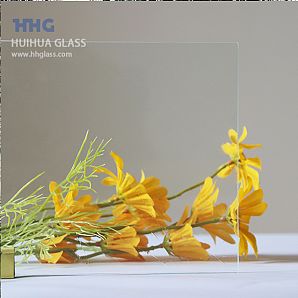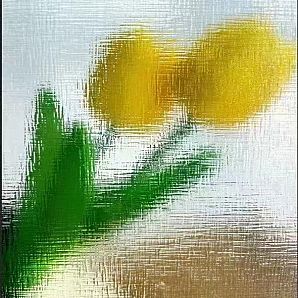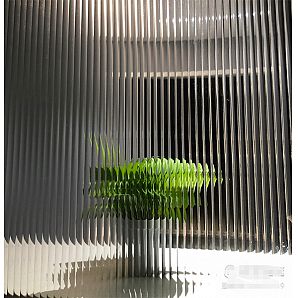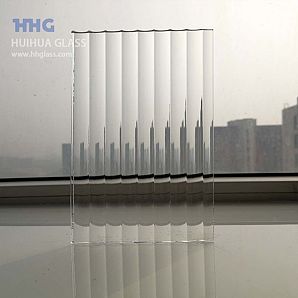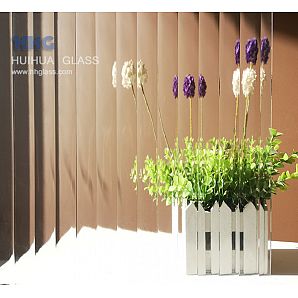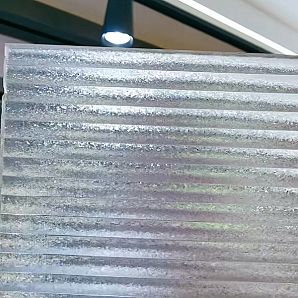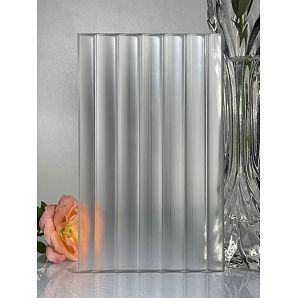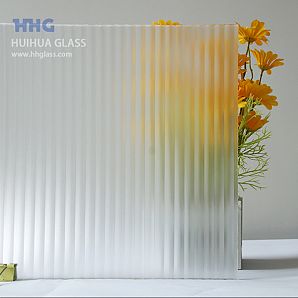What is Float Glass? (and How is it Made)
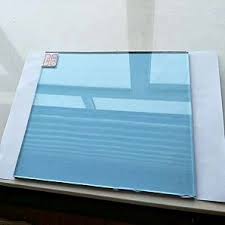
Float glass refers to a premium type of glass renowned for its high quality, exceptional smoothness, and distortion-free characteristics, commonly employed in various applications including windows and doors. Indeed, regardless of the glass type adorning your household, it likely originates from the float glass manufacturing method.
Manufacturing Process:The production of float glass entails pouring molten glass onto a bed of molten tin, allowing it to float and spread out, resulting in a consistent thickness and surface. This method, the most prevalent in glass production, ensures uniformity and quality, paving the way for products ranging from tinted glass to laminated glass, and tempered glass, offering a plethora of high-end, functional solutions.
Raw Materials and Composition:Key raw materials utilized in float glass production include sand, limestone, silica, and dolomite. These ingredients are meticulously blended to form a glass-making mix, which is then melted at high temperatures in a furnace. Additional substances such as sodium carbonate and sodium sulphate may be introduced to enhance physical and chemical properties, while colorants and refining agents can be added to achieve desired hues and purity levels.
Production Process:The production process of float glass involves a series of precise steps:
Melting: Raw materials are melted in a furnace at temperatures typically ranging from 1500-1600°C.
Flow onto Molten Tin: The molten glass is then carefully poured onto a bed of molten tin via a ceramic spout lip, sometimes aided by nitrogen and hydrogen to control the atmospheric conditions and prevent oxidation of the tin.
Formation of Glass Ribbon: As the glass floats on the tin, it spreads out to form a flat, even ribbon. Rollers are employed to regulate thickness, which can vary from 0.4mm to 25mm.
Annealing: The glass ribbon undergoes gradual cooling in a kiln to relieve internal stresses and fortify the glass.
Inspection and Cutting: Following cooling, the glass is inspected for defects before being cut into standard sizes or customized shapes.
Characteristics of Float Glass:
Thickness and Width: Float glass offers versatility in thickness and width, with precise control over dimensions. It is available in various thicknesses suitable for different applications, from picture frames to tabletops, offering flexibility in design and function.
2mm-4mm: suitable for picture frames and display cases.
5mm-6mm: suitable for windows and doors.
8mm-12mm: suited for thicker applications like tabletops or balustrades.
…not forgetting, customised widths that can cater to specific requirements, offering flexibility in design and application.
Optical Qualities: Renowned for its optical clarity, float glass boasts an exceptionally smooth, distortion-free surface, ideal for applications requiring unobstructed views. Its transparency makes it an ideal base material for tinted, laminated, and tempered glass, catering to diverse needs.
Durability: Float glass is celebrated for its strength and durability, making it suitable for a myriad of designs. Its scratch resistance and annealing process contribute to its longevity, while further treatment can enhance its durability, as seen in toughened or tempered glass variants.
Uses of Float Glass:
Float glass finds extensive application in:
Windows and Doors
Mirrors and Furniture
High-Rise Buildings
Vehicle Glass
Soundproof Glass
Advantages and Disadvantages of Float Glass:
Advantages:
Customization Options: Float glass offers versatility in design, making it suitable for various applications.
Low Cost and Availability: Widely accessible and affordable, float glass is a cost-effective solution for numerous projects.
Thermal Stress Resistance: Float glass exhibits resilience to thermal stress, enhancing its suitability for outdoor use and maintenance.
Disadvantages:
Safety Concerns: While durable, float glass can pose safety hazards upon breakage due to its tendency to form sharp shards.
Environmental Factors: Float glass production consumes significant energy and resources, contributing to environmental concerns such as greenhouse gas emissions and waste generation.
In conclusion, float glass presents a compelling choice for many applications, offering a balance of durability, versatility, and optical clarity. However, careful consideration of safety and environmental factors is necessary when evaluating its suitability for specific projects.
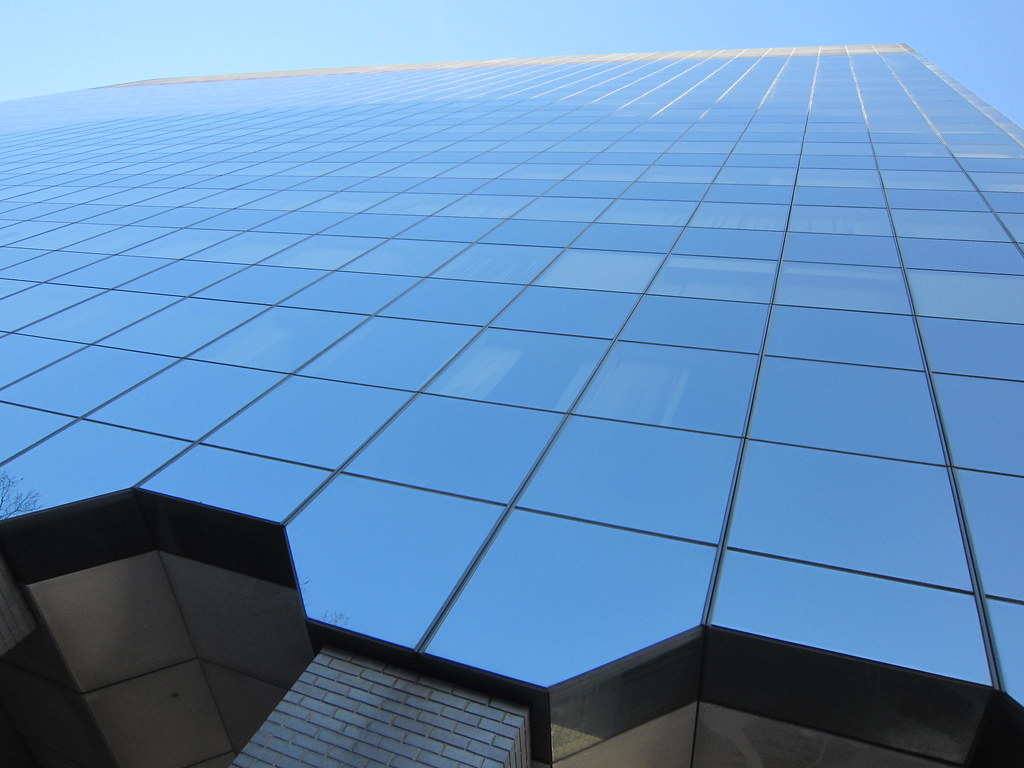
HHG is a professional glass manufacturer and glass solution provider include range of tempered glass, laminated glass, textured glass and etched glass. With more 20 years development, there are two produce lines of pattern glass ,two lines of float glass and one line of restoration glass. our products 80% ship to overseas, All our glass products are strict quality control and carefully packed in strong wooden case, ensure you receive the finest quality glass safety in time.
More Detail: www.hhglass.com

